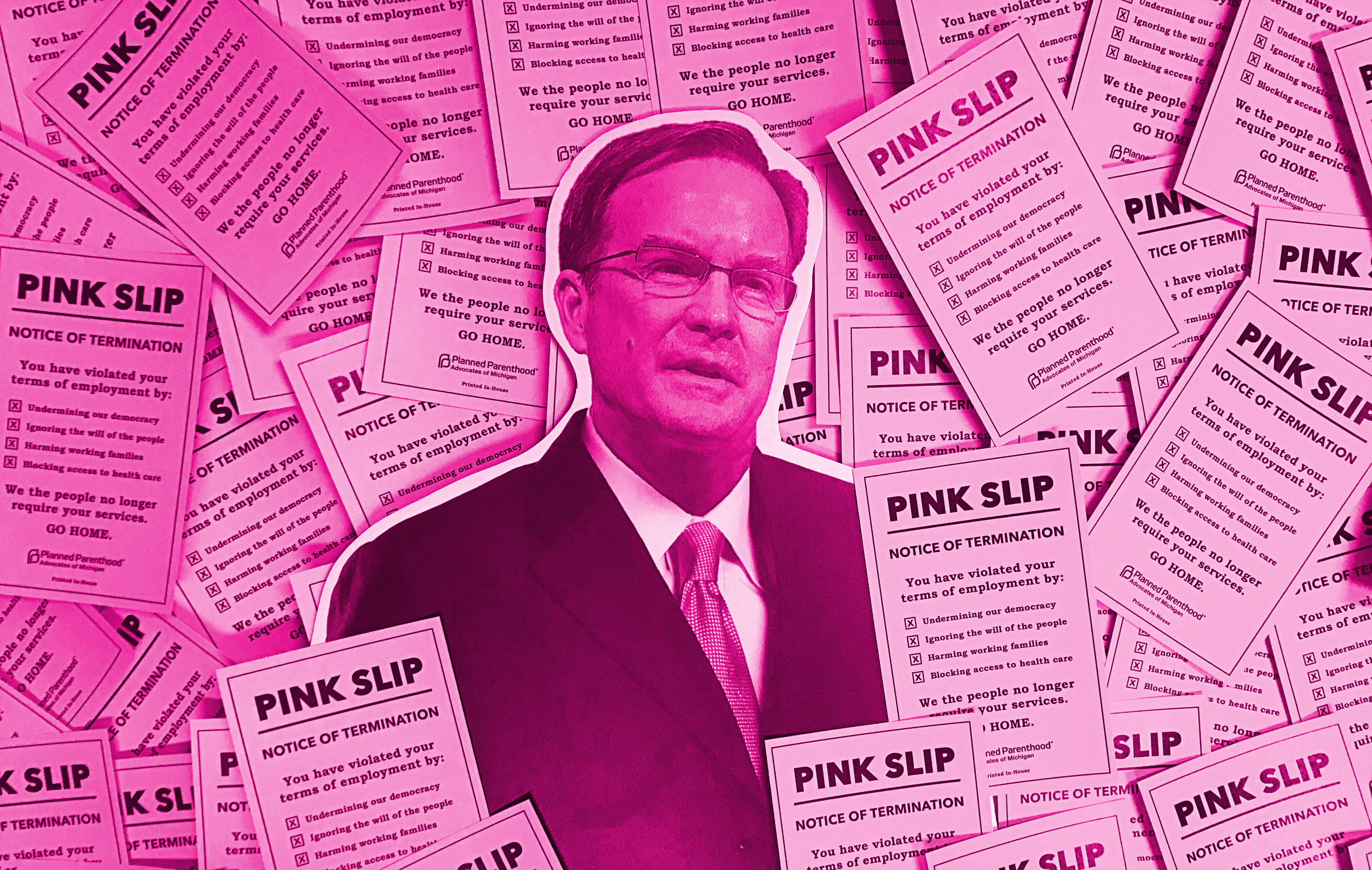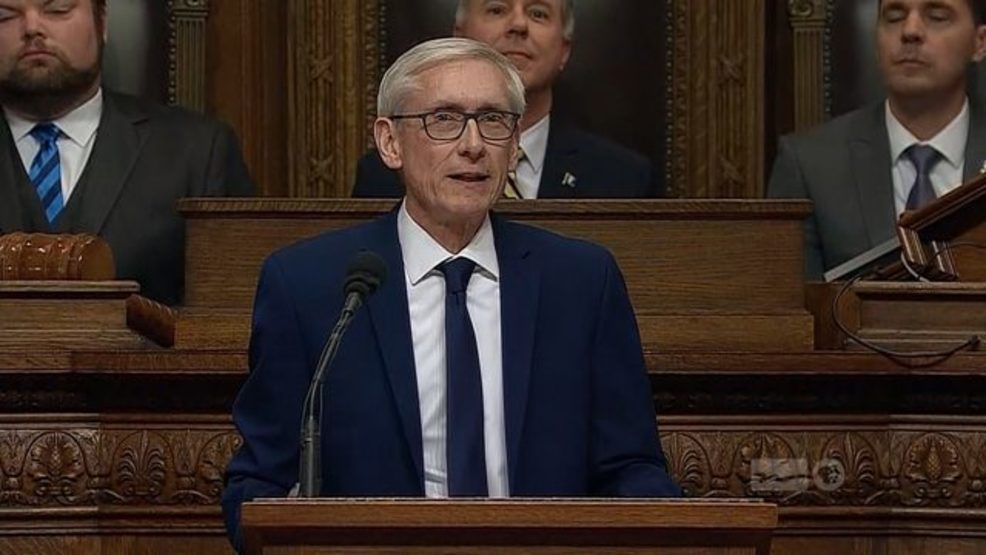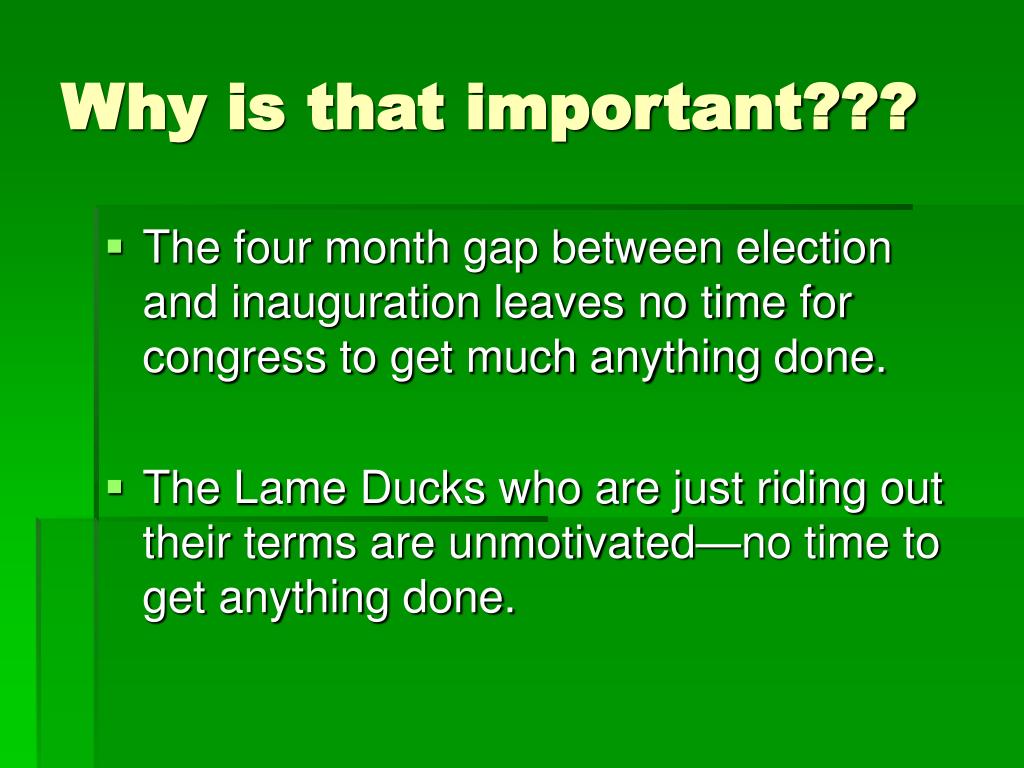

Asked last week how that squares with his signing of a bill in January that eliminated August special elections, which were held up as expensive, low-turnout assaults on democracy, DeWine said "it's inconsistent." Mike DeWine, who is also a former state attorney general, has said he would sign the August special election bill, should the politically fractured Ohio House get it through a floor vote. He and GOP Secretary of State Frank LaRose introduced the 60% proposal during last year's lame duck session, with LaRose arguing it would be "a win for good government" that would protect the state's founding document from deep-pocketed special interests.


Brian Stewart, the House resolution's Republican sponsor, defended the resolution at a meeting of the House Constitutional Amendments Committee. The idea of a six-year single term was resurrected last year by Larry Summers in a Washington Post Op-Ed, but public opinion has not been measured again.The former top lawyers said Ohio's existing initiative process has "worked well" as a vehicle over more than a century for a host of policy changes impacting Ohioans - including creation of county home rule, legislative term limits and setting a minimum wage.
LAME DUCK AMENDMENT HOW TO
A 1991 Gallup poll which provided arguments for and against a single six-year term found that just 31% were in favor because "limiting a President to one term of 6 years would best serve the national interest because he could devote all his energies to solving national problems rather than spending a lot of time trying to get re-elected," while 61% opposed because "they feel it takes a president a long time learning how to do his job and that knowing that he will have to seek re-election will make him answerable to the wishes of the people." In Time/CNN/Yankelovich polls in 19, only under a quarter of the public favored limiting the President to one term (of unspecified length) in office, while about seven in ten opposed. In contrast, a 1986 Gallup poll found only a quarter in support. He and GOP Secretary of State Frank LaRose introduced the 60 proposal during last year's lame duck session, with LaRose arguing it would be a win for good government that would protect the. A 1980 Harris poll found a surprisingly large minority of 43% favored this idea, though a majority (54%) opposed. Simon formed the National Committee for a Single Six-Year Presidential Term. Vance and former Secretary of the Treasury William E. Alarmed by this state of affairs, a bipartisan group led by former Secretary of State Cyrus R. After this final victory, the country was divided on the issue, even as the amendment passed Congress in 1947 and was ultimately ratified in 1951.īelievers in the Status Quo: Two Four-Year TermsĪfter the two-term presidency of Dwight Eisenhower, occupants of the Oval Offices changed with shocking frequency through the sixties and seventies. Despite majority approval of limiting presidential terms, Roosevelt won again in 1944, garnering 53.4% of the popular vote.

The exception for Roosevelt was made explicit with the phrase "after this year's election" for half the respondent sample, and among this group, support was 62%. In a 1944 Gallup poll, 54% favored adding a law to the Constitution to prevent any future President from being reelected if he has already served two terms. The situation in Europe was likely such a crisis for many Americans, as Roosevelt won the 1940 election with 55% of the vote. The Lame Duck Amendment referred to the 20th Amendment to the Bill of Rights of The United States Constitution and was ratified on January 23, 1933. Congressional members must take office on January 3 of the year following their elections. It required newly-elected presidents to take office on January 20 following their November election. Twenty-nine percent believed that never under any conditions should a president hold office for three terms, but 52% agreed that, while it may not generally be a good idea for a president to serve three terms, there should be no rule preventing him at a time of national crisis. The lame duck amendment is the popular name for the 20th amendment to the Constitution, passed in 1933. In 1940, when given three options in a Roper/ Fortune poll, only 13% of the country thought the idea that a president should not hold office for three terms was a silly and outworn tradition.


 0 kommentar(er)
0 kommentar(er)
